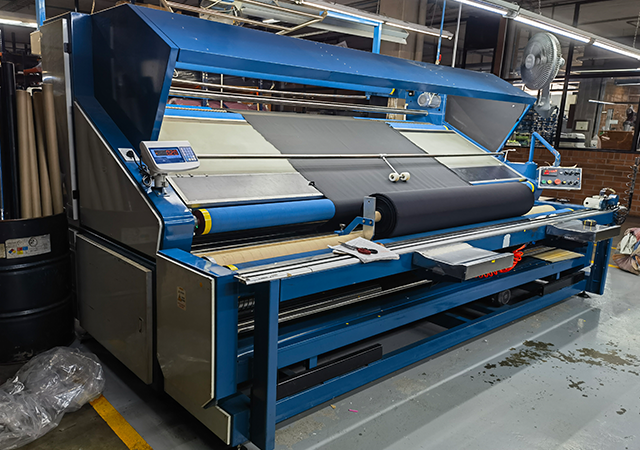The evolution of textile preprocessing methods plays a pivotal role in the dynamic landscape of manufacturing. From traditional practices to modern techniques, the journey involves crucial steps such as bleaching, dyeing, printing, and finishing, each presenting its own set of advantages and challenges.
Modern Approaches to Textile Preprocessing
Textile preprocessing serves as the foundational stage for refining and preparing textile fibers for the subsequent processes of spinning into yarn or fabric. Core methods include scouring, mercerization, and bleaching. Scouring, for instance, involves the use of an alkaline solution to cleanse cotton fibers, removing impurities like dirt, oil, and wax. Mercerization, on the other hand, strengthens and enhances the luster of cotton fibers through an alkaline treatment. Bleaching, a chemical process, effectively whitens textile fibers.
Revolutionizing Shedding
Shedding, a crucial step, involves the removal of lint or fabric from the surface of textiles. This can be achieved manually using lint brushes, rollers, or pickers, or through shedding mechanisms employing rotating blades to remove debris. The evolution in shedding techniques ensures a cleaner and more refined fabric surface.
Innovations in Bleaching
Bleaching, traditionally focused on removing colors and impurities, now incorporates advanced methods. Chemical agents like chlorine, hydrogen peroxide, and sodium hydrosulfite break down molecular bonds, while sunlight bleaching relies on UV radiation. Physical bleaching, using heat or light, effectively destroys pigments, presenting eco-friendly alternatives to harsh chemical processes.
Dyeing for a Vibrant Palette
Dyeing processes, utilizing natural or synthetic dyes, aim to add vibrant colors to fabrics. Natural dyes sourced from plants and synthetic counterparts derived from petroleum products contribute to the diverse palette. The sequencing of dyeing, usually preceding printing, can also be adapted to occur post-printing for unique design variations.

Print Innovations: From Stencils to Digital Precision
Printing, a transformative process in textile preprocessing, has evolved with the advent of digital and screen printing methods. Screen printing involves stencils for ink application, while digital printing employs inkjet or laser printers for precision. This step typically follows dyeing and precedes finishing, allowing for intricate and diverse designs.
Modern Finishing Touches
Finishing, the final step in textile preprocessing, focuses on treatments to enhance fabric appearance and performance. Techniques such as washing, drying, ironing, and chemical coating, including flame retardants or water repellents, contribute to the durability and functionality of the fabric.
Choosing Methods in the Modern Textile Landscape
Several factors influence the selection of textile preprocessing methods, including the type of textile fibers and the desired fabric designs. Natural fibers like cotton, linen, wool, silk, and hemp, as well as synthetic fibers like polyester, nylon, and acrylic, each demand specific approaches. Understanding the intricacies of fabric types—woven, knit, and non-woven—forms a crucial part of the design process, dictating the choice of preprocessing methods.
In essence, the necessity for textile processing arises from the inherent impurities of textile fibers, demanding various treatments to achieve desired performance properties. From the traditional warping to the contemporary shedding and bleaching techniques, the textile industry continually adapts to meet the demands of the modern world.
SUNTECH Textile Machinery offers a comprehensive range of products that cater to various fabric types. Our product lineup includes, but is not limited to, fabric cutting machine, fabric inspection machines and fabric relaxing machine. With our innovative approach and extensive experience, SUNTECH Textile Machinery remains at the forefront of the textile industry.




